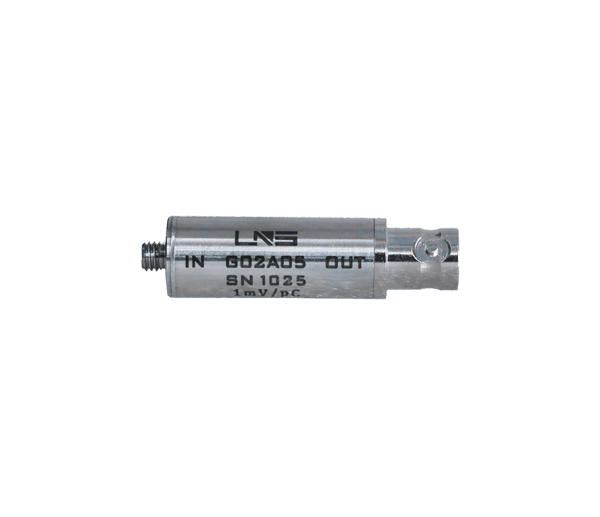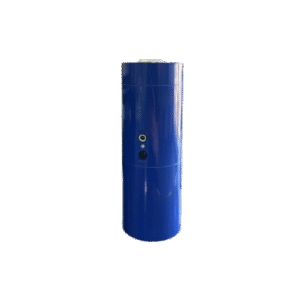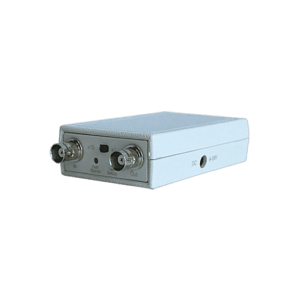Amplifier Options/Specifications: G02A01~G02A21
In-line Charge Amplifiers
In-line charge converters transform the high-impedance charge output of piezoelectric sensors into a low-impedance voltage signal, seamlessly integrating with IEPE (Integrated Electronics Piezoelectric) constant current-powered systems.
Key Benefits:
✅ Simplified Cabling and Setup
With an in-line charge converter, you can use standard coaxial cables over long distances without worrying about signal degradation, noise pickup, or special low-noise cabling. This simplifies system design and reduces installation costs.
✅ Compatibility Across Measurement Systems
The converted IEPE signal enables direct connection to data acquisition systems, analyzers, and controllers that accept IEPE inputs, eliminating the need for expensive charge amplifiers or dedicated signal conditioners.
✅ Enhanced Flexibility
Use your high-temperature, radiation-resistant, or miniature charge-output sensors in environments where traditional IEPE sensors cannot operate — while still benefiting from the simplicity of IEPE constant current-powered systems.
✅ Stable, Low-Noise Output
The integrated electronics within the converter provide excellent signal stability, low noise, and broad dynamic range, ensuring high-fidelity measurements even in demanding test conditions.
✅ Cost-Effective System Integration
By converting charge signals to IEPE, you avoid upgrading or replacing existing IEPE acquisition hardware, making it a cost-effective solution for labs and field setups alike.
Amplifier Models:
G02A01, G02A02, G02A03, G02A04, G02A05, G02A06, G02A07, G02A08, G02A09, G02A10, G02A11, G02A12, G02A12, G02A13, G02A14, G02A15, G02A16, G02A17, G02A18, G02A19, G02A20, G02A21
| Size | 12.5 x 50 mm |
|---|---|
| Gain (mV/pC) | 0.1, 1, 10 |
| Input Range (pC) | 500, 5000, 50000 |
| Frequency Response | 0.5 ~ 10k Hz |
| Broadband Noise | 0.1 mV rms |
| Input Connector | M5, 10-32 |
| Output Connector | BNC (Female), BNC (Male) |
| Weight (grams) | 17 |
- Datasheet (PDF): G02AXX




